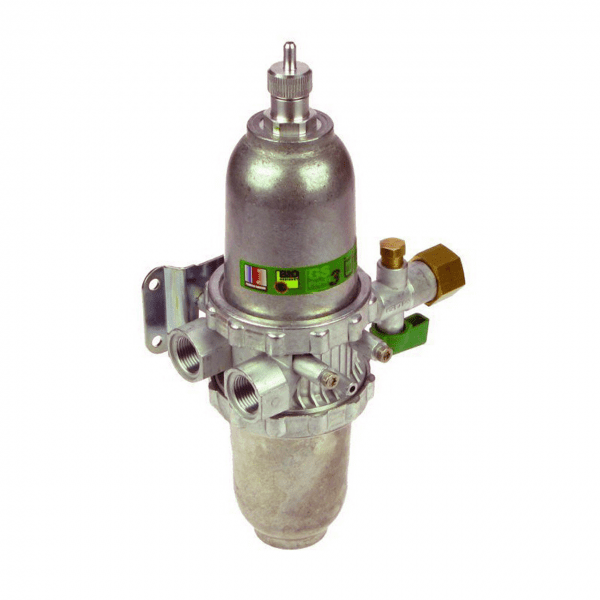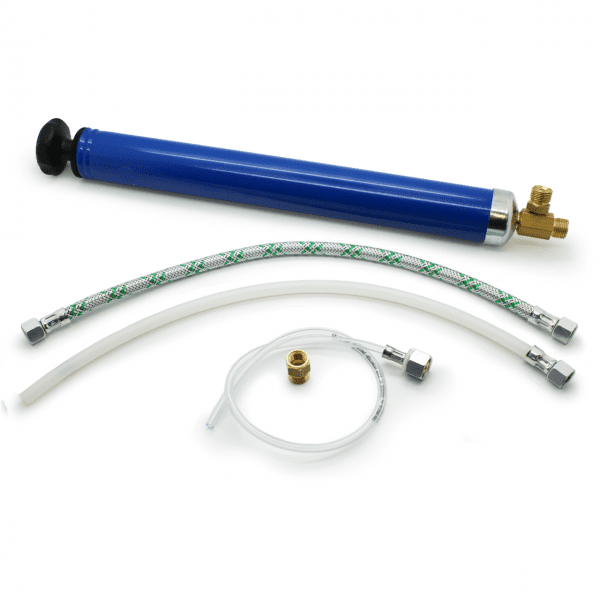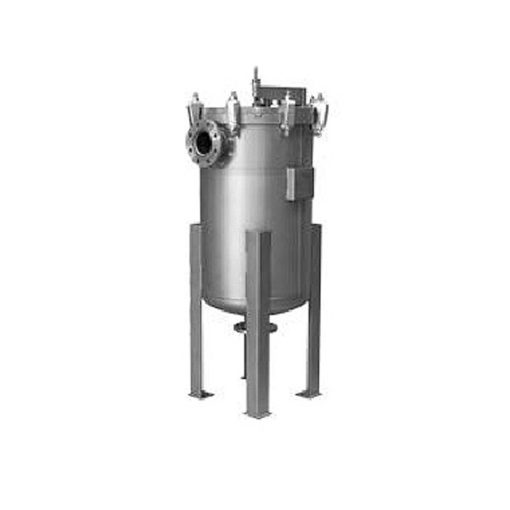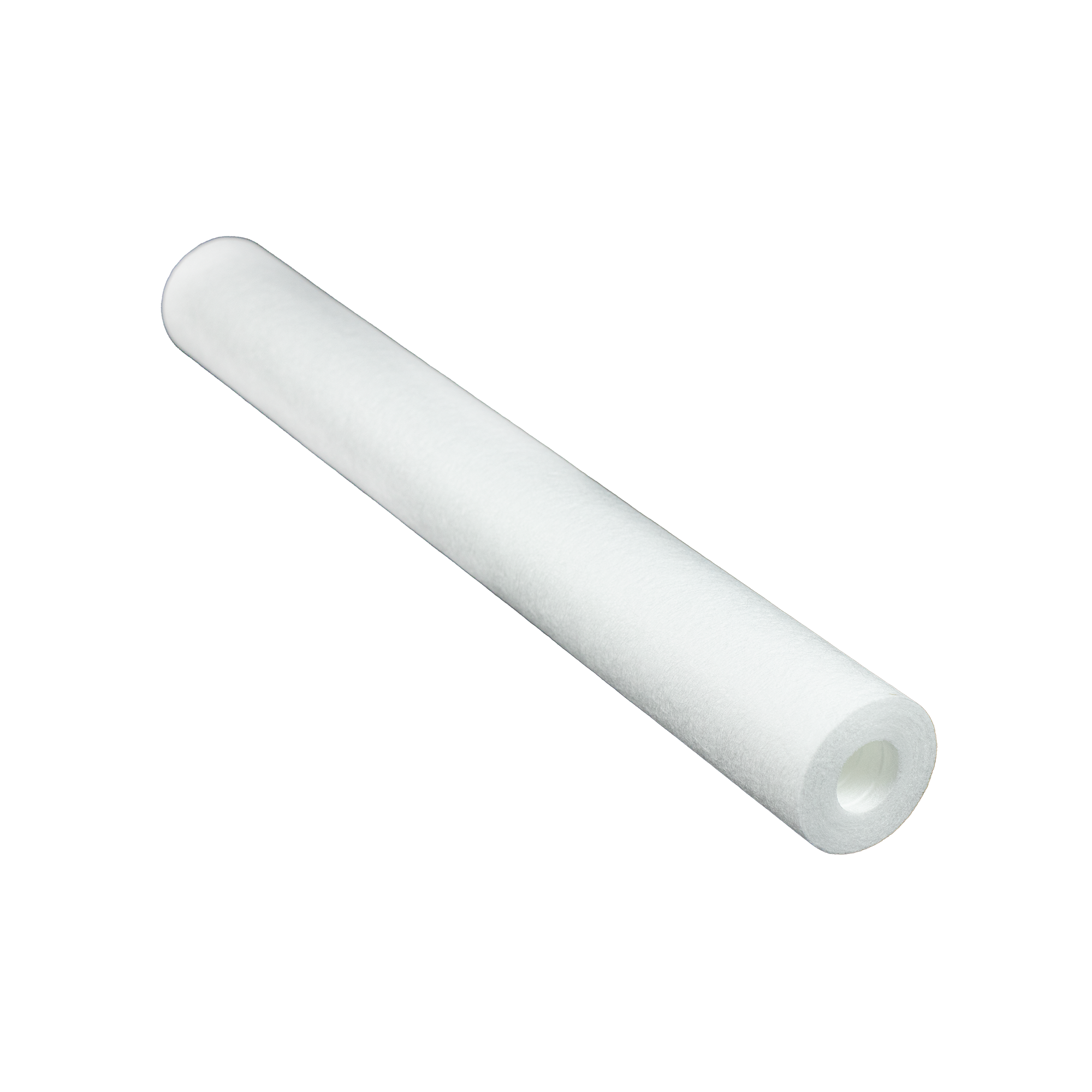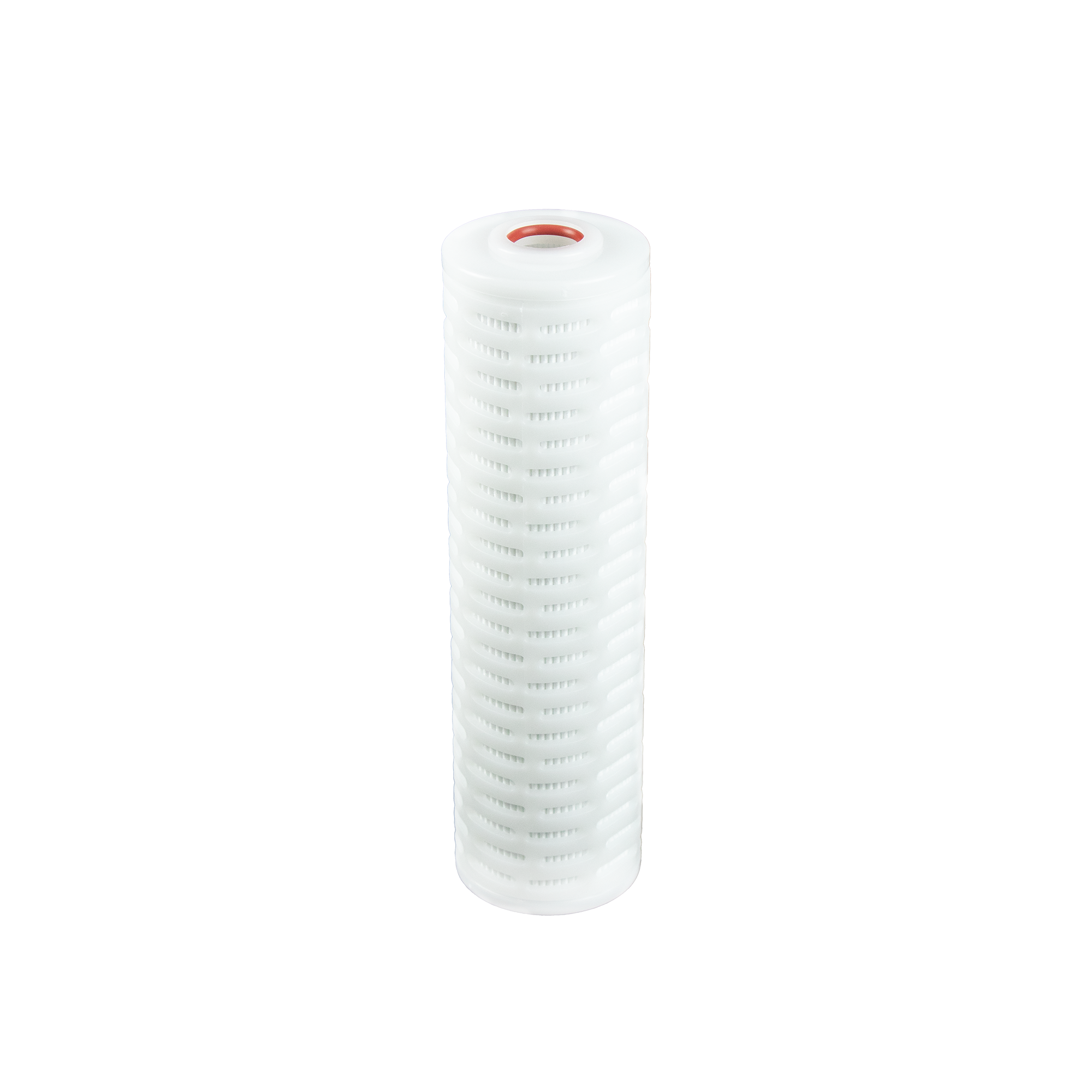FEATURES OF THE GOK DEAERATOR:
Usage: Internal & External
Includes: Isolation Valve & Internal Filter
Working Temp: -10°C – +80°C
Max Pressure: 6 Bar with Plastic Cover, 10 Bar with Easy Change Filter Element, 16 Bar with Metal Cover
Flow Rate: 110lph
Max. oil throughput in pump cycle : 80 l/h light oil.
Max. oil throughput at burner jet : 120 l/h light oil.
Max. pressure : 16 bar.
Max. operating temperature : 80°C.
Max. ambient temperature : 80°C.
Max. de-aeration capacity : 5 l/h air.
Pipe connections : 3/8″ BSP.
GOK GS2000 PRO-FI3 INTERNAL DEAERATOR
The GOK GS Pro Deaerator is an internal fitting deaerator for oil heating systems.
An oil Deaerator eliminates many common oil heating problems which prevent a burner from operating at peak performance by removing air from the system, delivering foam-free fuel to the nozzle, and reducing issues caused by cold fuel — benefits which ultimately provide for cleaner, maximized combustion.
An oil deaerator is an essential component in an oil heating system, designed to remove dissolved gases, primarily air, from the heating oil. The presence of air in the oil can cause several operational issues, such as reduced efficiency, corrosion of system components, and potential blockages. By extracting these gases, the deaerator enhances the overall performance and longevity of the heating system.
Here’s a more detailed look at the functionality and benefits of an oil deaerator:
Air Removal: The primary function of an oil deaerator is to eliminate dissolved and entrained air from the heating oil. Air in the oil can cause oxidation and increase the formation of sludge and varnish, which can clog filters and nozzles.
Corrosion Prevention: Dissolved oxygen in the oil can lead to corrosion of the metallic components within the heating system. By removing this oxygen, the deaerator helps prevent corrosion, thereby extending the life of the system’s components such as the burner, pipes, and storage tank.
Improved Combustion Efficiency: Air in the oil can disrupt the combustion process, leading to incomplete burning of the fuel. Deaerated oil ensures more consistent and efficient combustion, which improves the heating system’s overall efficiency and reduces fuel consumption.
System Stability: The removal of air prevents the formation of air pockets and ensures a steady and reliable flow of oil to the burner. This stability is crucial for maintaining consistent heat output and preventing system malfunctions.
Reduction of Noise: Air bubbles in the oil can cause noise within the heating system, often referred to as “gurgling†or “hammering.†A deaerator mitigates these noises, leading to quieter operation.
The deaeration process typically involves heating the oil to release dissolved gases and then venting these gases out of the system. The oil is often passed through a series of baffles or other mechanisms within the deaerator that increase the surface area and promote the release of trapped gases.
In summary, an oil deaerator is a crucial device that enhances the performance, efficiency, and durability of an oil heating system by removing dissolved and entrained air from the fuel oil.
The GOK De-Aerator is a combination of an oil filter, de-aerator and shut off valve, suitable for kerosene, oil and biofuels with up to 20% fatty acid methyl ester. This de-aerator removes gas/air bubbles from a single line fuel system, helping to eliminate any pump and nozzle problems associated with gas/air in the fluid. This GOK system eliminates multiple external connections, which reduces the risk of leakage, and is suitable for mounting indoors.
Tip: This product is not self-priming and a priming pump is required for initial installation (select option above if you do not already have one of these).
As well as the GOK GS Pro Oil Deaerator we also supply a complete range of Tigerloop deaerators too please see here – Oil Deaerators

